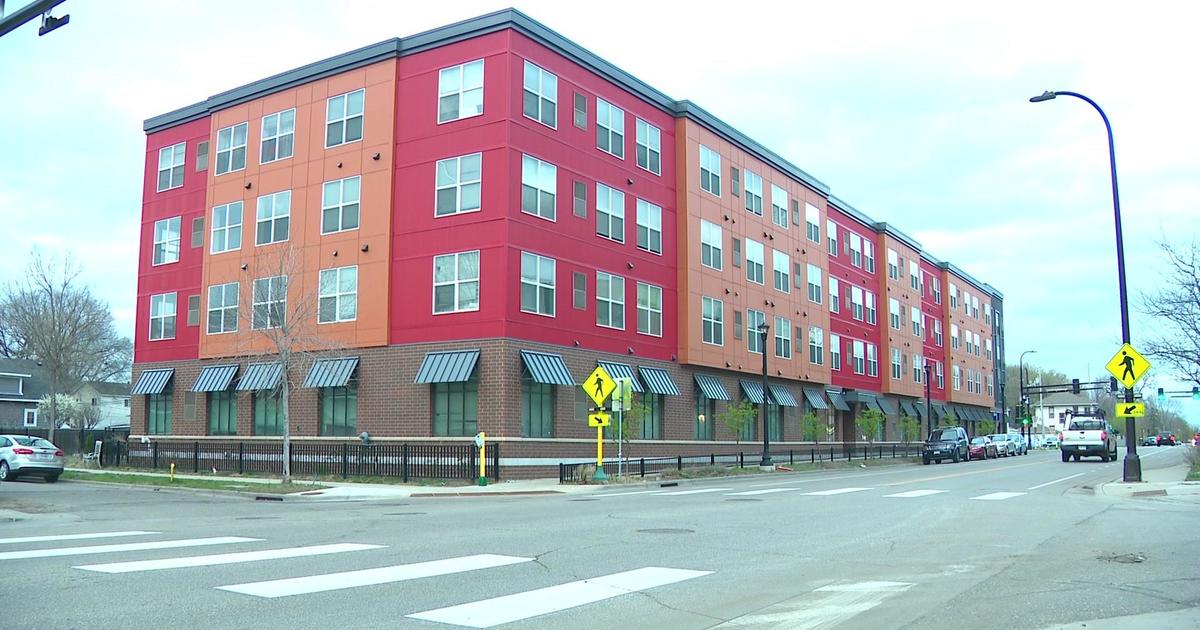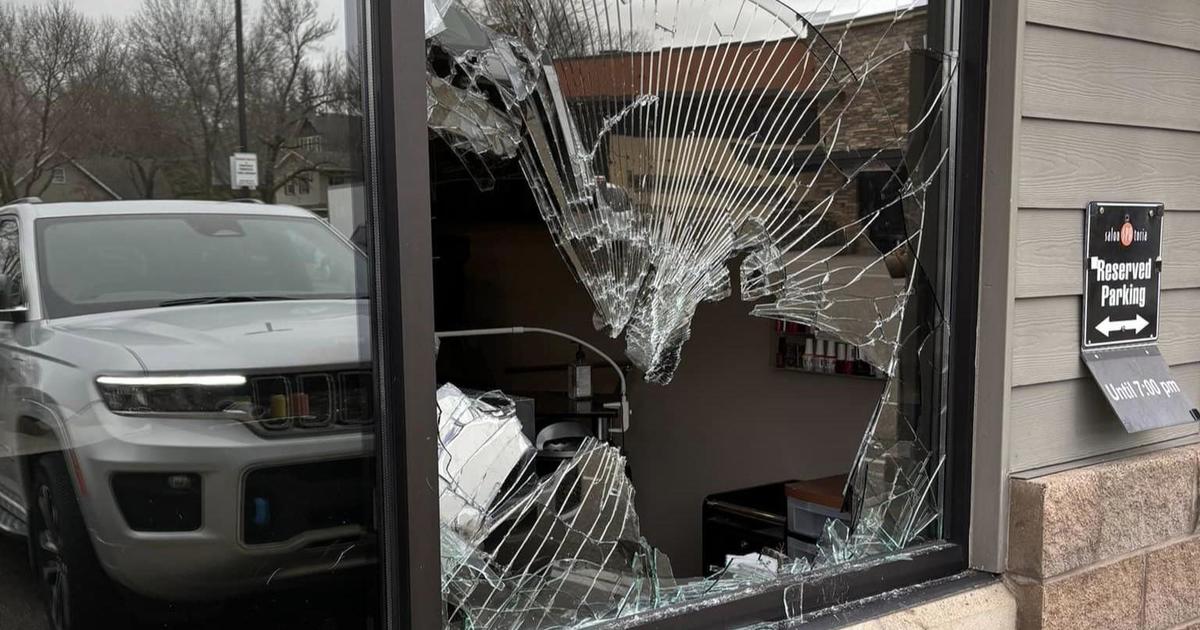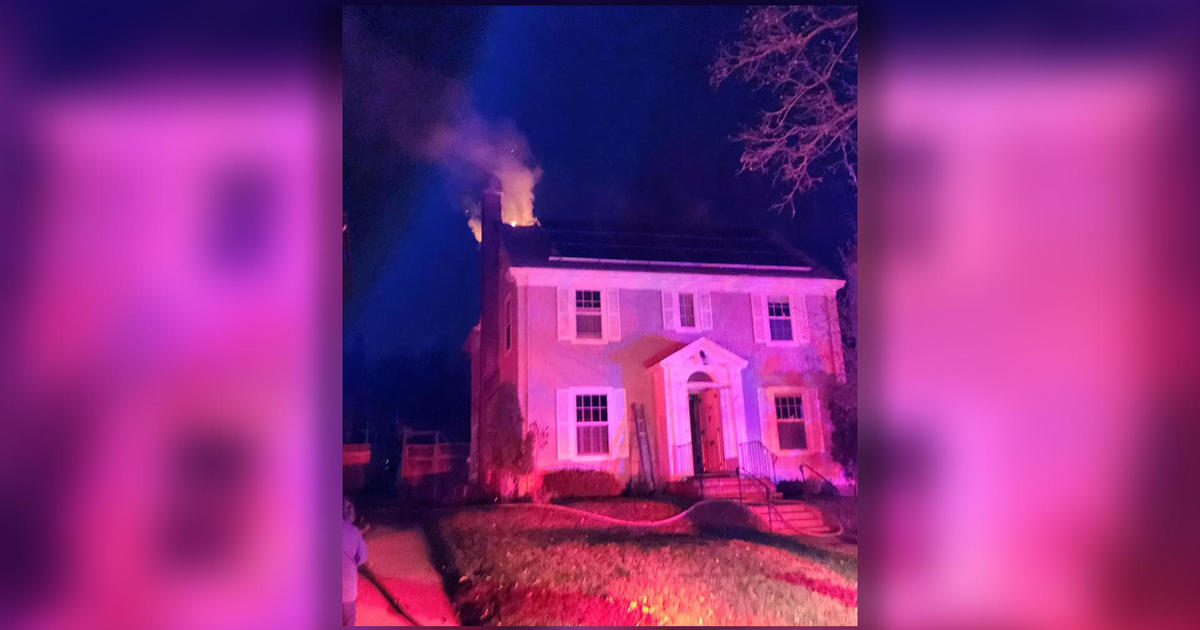Good Question: How Do Investigators Analyze Hours And Hours Of Video?
MINNEAPOLIS (WCCO) -- Within an hour of the Boston Marathon bombing, we were watching video of the explosion.
Now, the volume of video authorities are pouring over to try to find a suspect is staggering. So how do investigators analyze all that video?
"Unfortunately, it takes a lot of hours of sitting at a computer, looking at video, oftentimes from multiple cameras, whatever angles," said Cmdr. Scott Gerlicher, the Minneapolis Police Department's top cop at the Strategic Information Center.
Strategic Information Center is where all the police and city surveillance cameras are centralized.
The job, Gerlicher says, is tedious -- "usually frame by frame."
Near the bomb sites in Boston, there are more than 600 surveillance cameras.
"It's an overwhelming task," said former FBI deputy director Tim Murphy in an interview with CBS News correspondent John Miller.
"All that information will be in a repository. And you'll be able to search across, and the system itself will make a link," Murphy said.
But think of the time it takes. All the images have to be gathered and uploaded into the system. Not just the surveillance video, also the cell phone videos and photos people take.
"Taking all those images, downloading them, putting them in sequential chronological order: It's extremely complex, takes hours and hours, it's very sophisticated," Gerlicher said.
The software is getting more sophisticated, especially with the equipment available to federal investigators, he added.
But it's the people in front of computers who really do the work.
"It's extremely labor intensive, I wish there were shortcuts. It takes human beings to go over this," Gerlicher said.
There are forensic video experts analyzing the video at FBI headquarters in Virginia, at Homeland Security in Washington D.C., in Boston, and who knows where else. The central video system helps all those people communicate.
"When you have an incident of this magnitude, all hands on deck. You're able to free up dozens of forensic video analysts, everyone's working towards the same goal. It does seem daunting, but from a law enforcement perspective – no matter what type of disaster, everybody's able to coordinate and divide up the work," Gerlicher said.
Over the years, video has been both helpful and not so helpful in investigating major crimes.
In 1996, authorities asked for people to share their videos and pictures from the Olympic Park bombing, but no one caught the bomber.
Times have changed. Today, most of us have camera phones.
During the 2011 Vancouver riots, average people shared 5,000 hours of video, leading police to the most violent protestors.
The volume of video in Boston will be way more than that, according to Murphy and Gerlicher.
As for the search for the suspect, that just takes time.
"There are ways for those experts to try to enhance those images and make them to a point where you can see it. There are computer programs that they utilize. But first you have to get to the point where you think you have a suspect: That is the hard part," Gerlicher said.
He added: "You really don't know what you're looking for until you find it. It's not like you know you're looking for the guy in the red jacket with the bomb with a fuse on it. At an event like that, everybody's carrying a backpack. You can see where it becomes complex."



